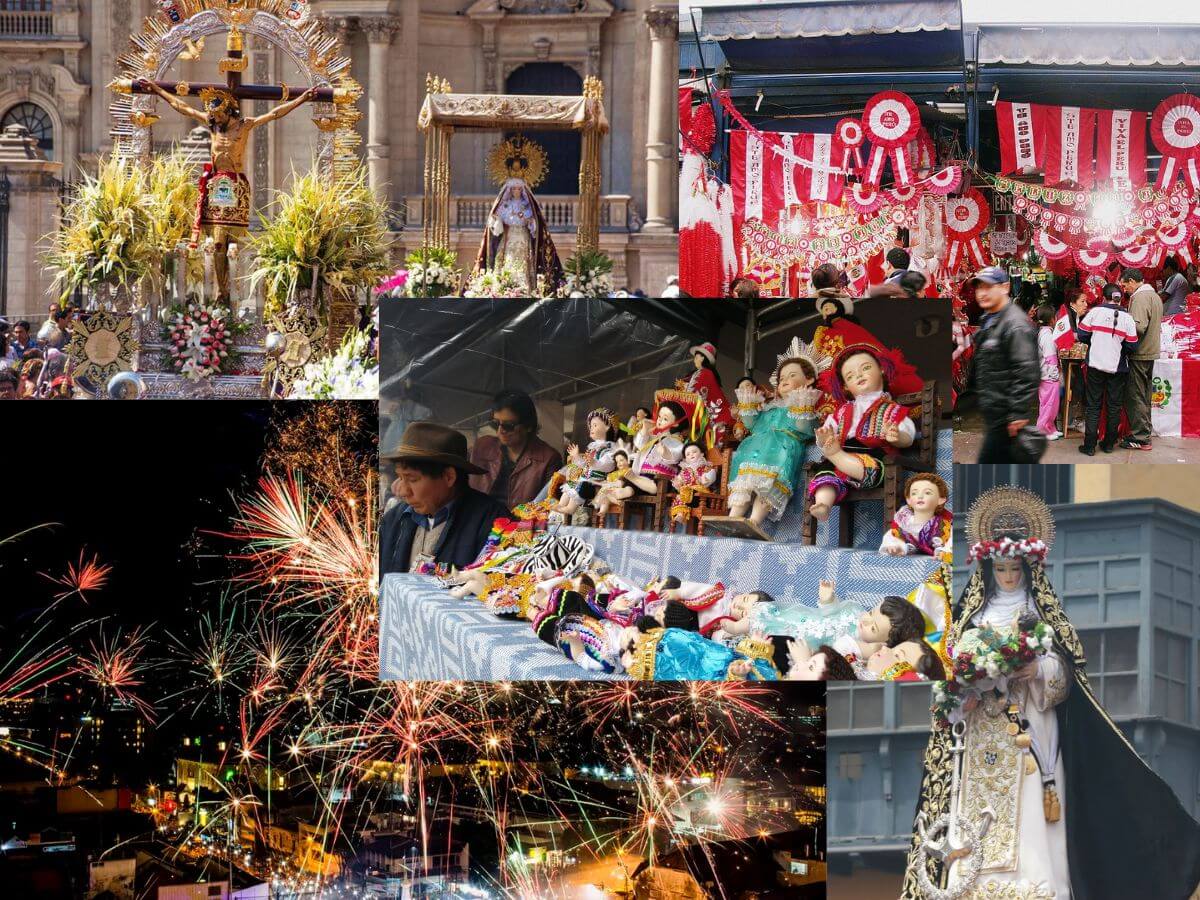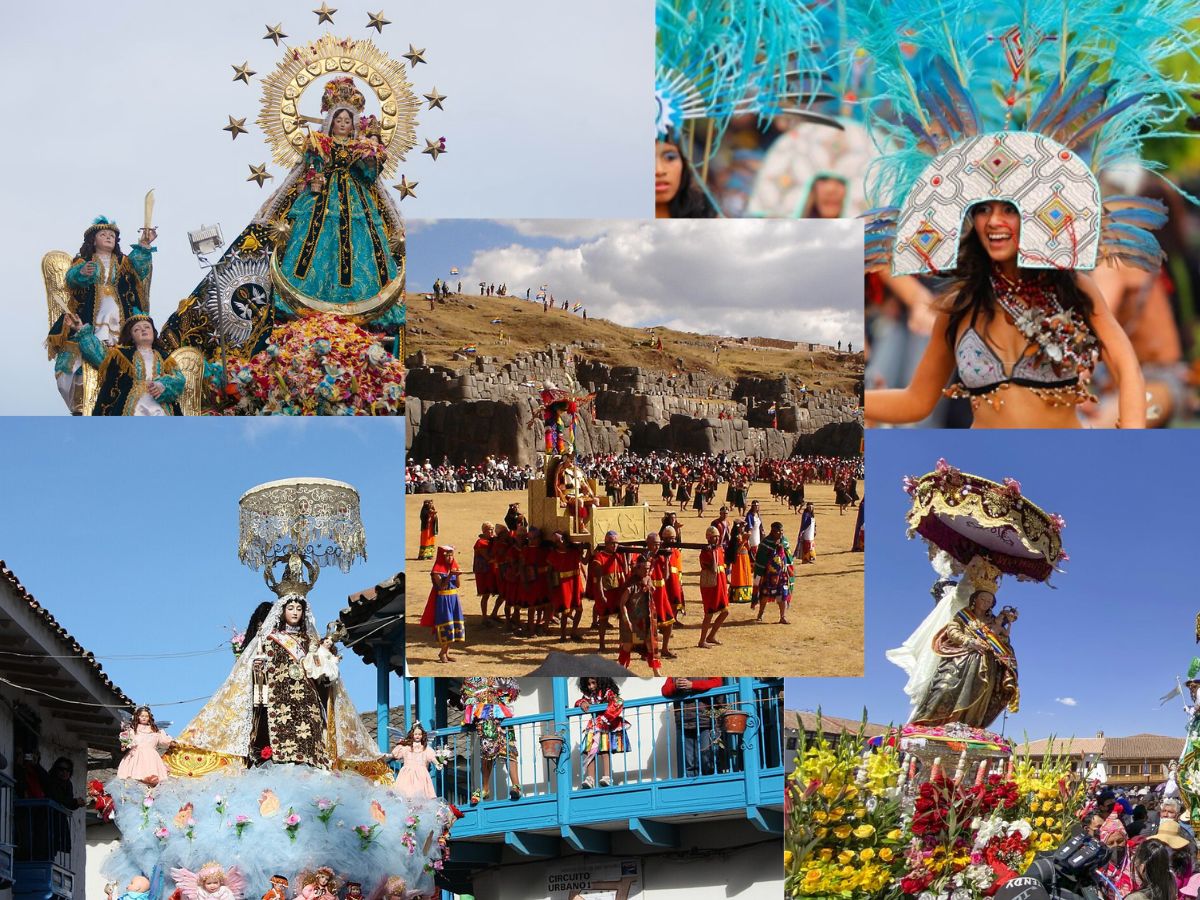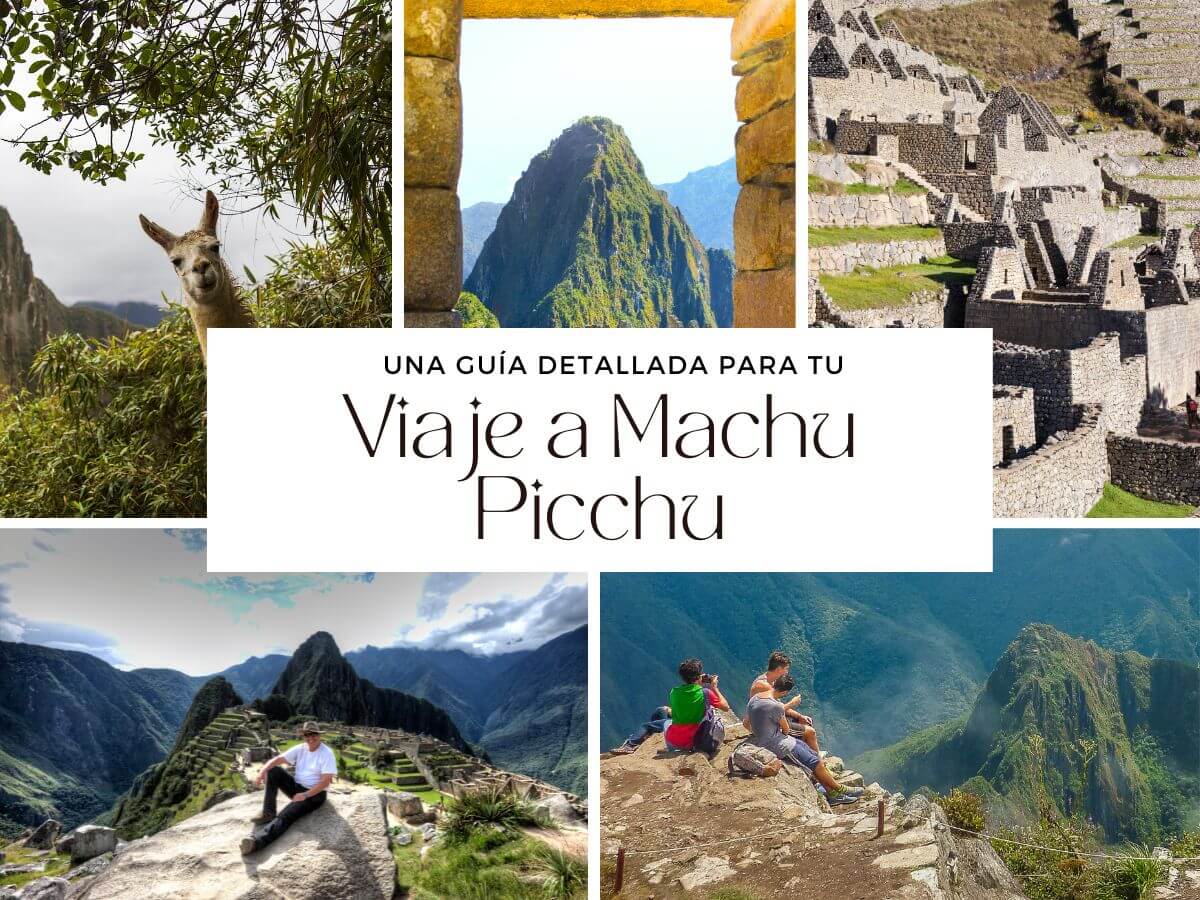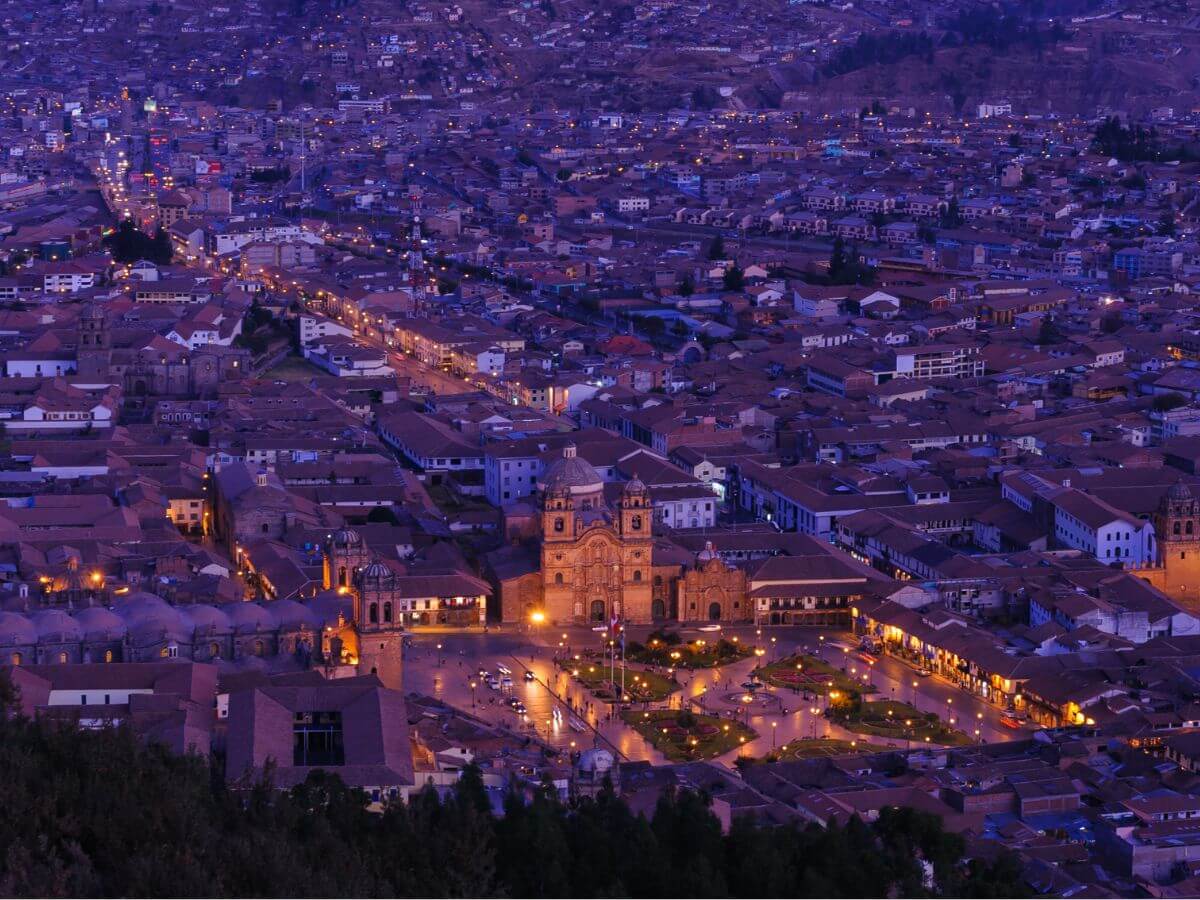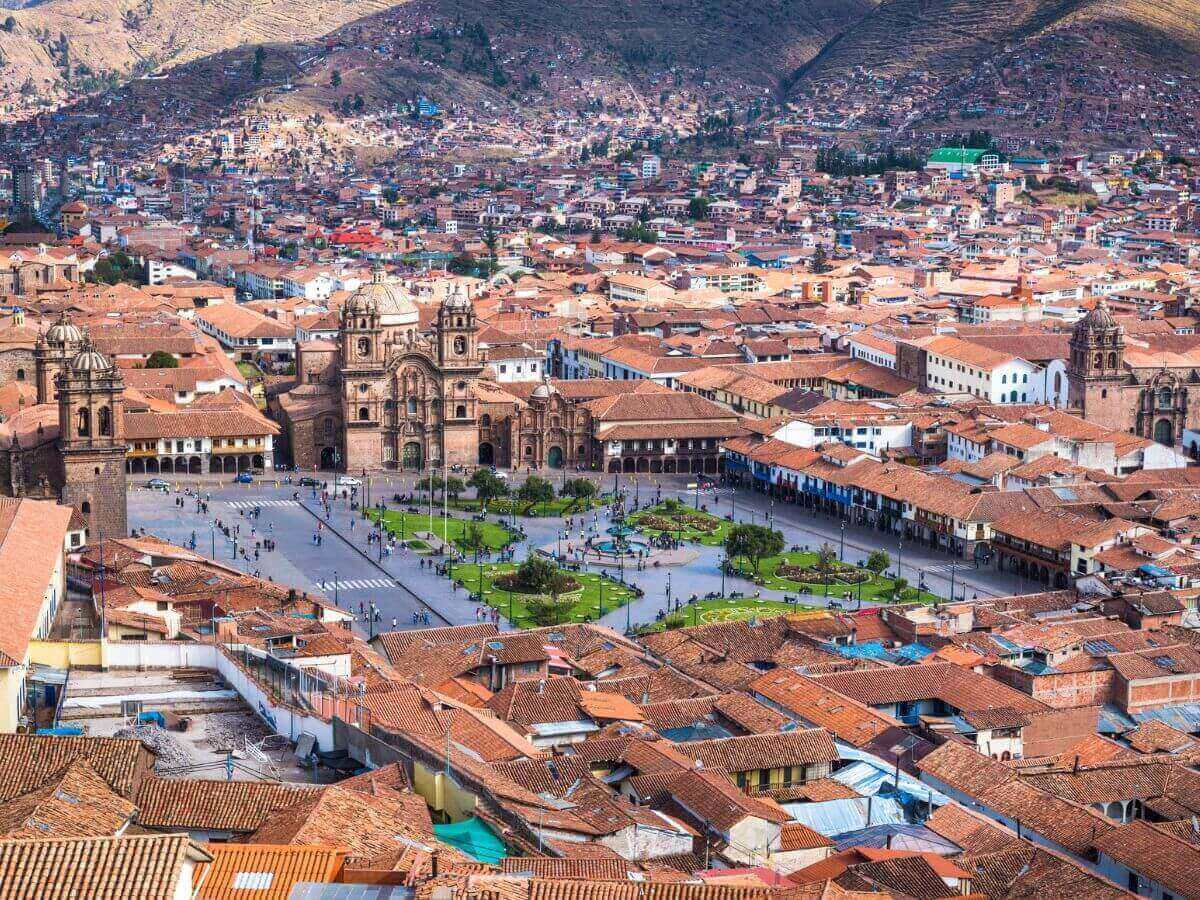Cusco’s Plaza de Armas is considered one of the most beautiful in the world, as well as one of the most historic. This is a place that you must be on your visit to Cusco. Its colonial architecture buildings have a whole story to tell and the activities to be carried out in the square will surely delight you.
Did you already know her? Now we tell you more about it
History of the main square of Cusco
In Inca times, this square, called Huacaypata or Aucaypata, was the heart of the capital. Today it is the nerve center of the modern city. They usually wave the flags: the Peruvian red and white and the multicolored Tahuantinsuyo, which represents the four regions of the Inca Empire, although it is often confused with the gay banner.
The colonial portals surround the square that was once twice as big, since it included the current Plaza Regocijo. On its northeast side stands the imposing cathedral, preceded by a long flight of stairs and flanked by the churches of Jesús María and El triunfo. On the southeast side is the Compañía de Jesús church, which stands out for its ornamentation. Loreto’s quiet pedestrian alley, with its Inca walls, is a historic access route to the plaza.

The parade ground today
Much is still preserved from the Inca period, you can see many Inca walls that were used as foundations for Spanish buildings. All the colonial buildings like the churches still exist today.
Cusco, like many other tourist destinations, is not far from globalization, therefore there are many restaurants, bars, clubs, etc., which are very popular among world travelers.
Why is it called Plaza de Armas?
During the war between Peru and Spain at the beginning of the 19th century, the main squares of the cities in Peru used to be called Plaza Mayor as it is in Spain; but later those places were used as meeting points by the armed forces who obviously came with their weapons, that’s why it gradually changed its name to Plaza de Armas.
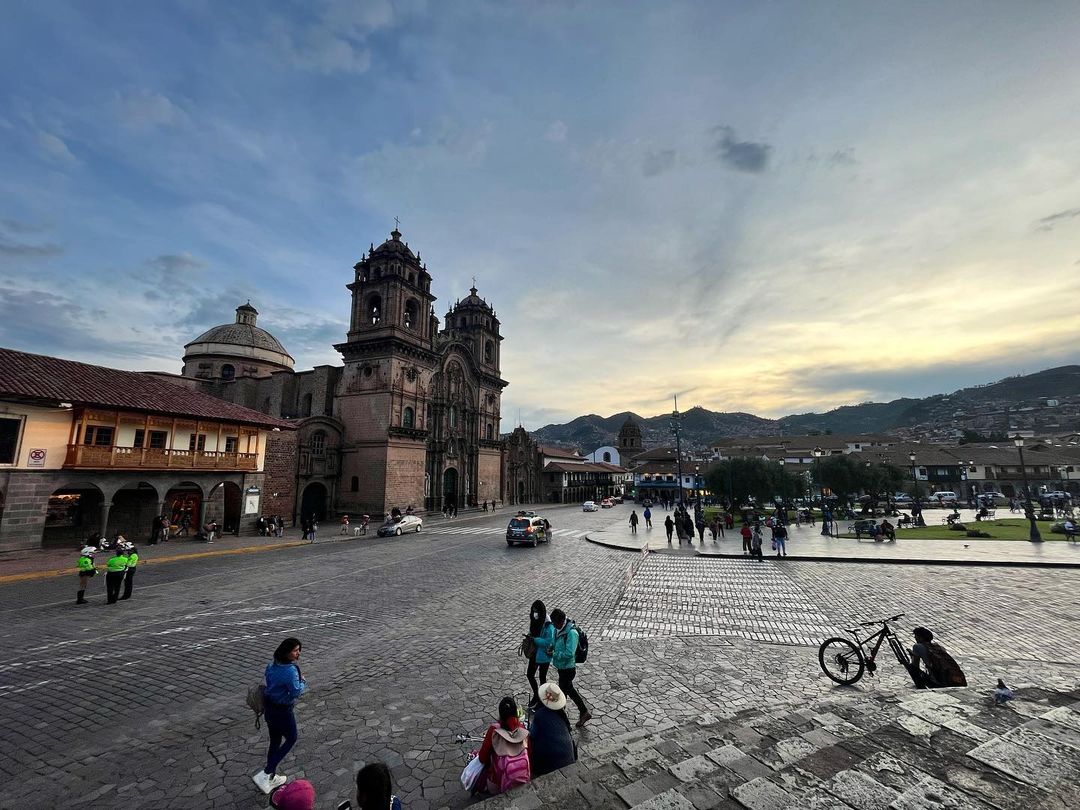
Historical facts in the main square
There are 2 most relevant historical events that took place here and changed the destiny of millions of people in Cusco, Peru and South America.
- The execution of Tupac Amaru I in 1572: He was the last Inca emperor who had taken refuge in Vilcabamba, was a rebel and never agreed with Spanish domination. He was captured in 1572 and taken to the city of Cusco to be executed by beheading.
- The execution of Tupac Amaru II in 1771: He was a descendant of Tupac Amaru I on his mother’s side, he was dismembered and thrown by 4 horses, then beheaded. His family was also completely wiped out, therefore today there is no noble blood family that is a royal descendant of the Inca emperors.
What to do in the parade ground?
Undoubtedly, around the main square you can visit many attractions and local restaurants, here we tell you a little:
- You can choose to have some nice postcards in the central pool, donated by the city of New York, founded in 1870 in the Bronx of New York by Janes, Kirtland & Co (name of the company) and designed by a Frenchman named JP Victor Andre and finally sent to the city of Cusco in 1872
- Visit the stone of the 12 angles: According to historians, the stone of the 12 angles would be more than 500 years old. It is a large stone embedded in an Inca wall, it has 12 angles that fit perfectly with the surrounding stones, which is why it is considered one of the most representative figures of perfection that was made in the time of the Incas.

- Spend an incredible night in one of the bars in the city, without a doubt, Cusco nights are famous for being unforgettable. The bars and clubs in the city will not disappoint you.
- Tasting the best of local food in the restaurants in the Plaza de Armas is undoubtedly something that you should do. Options from Japanese food to 100% traditional food are within the portfolio of possibilities.








